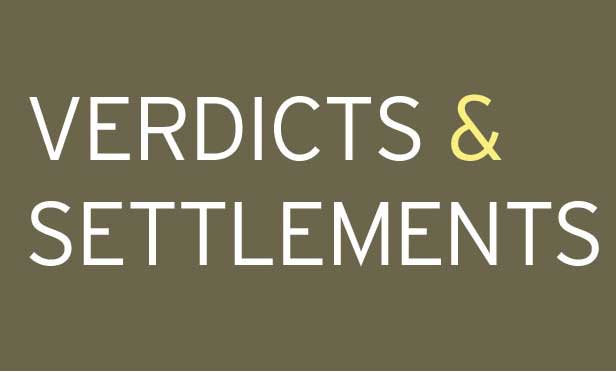In the United States, trademark rights flow from use, not registration. A business may be afforded a certain level of trademark protection in its geographic area simply by being the first to use a mark in commerce in connection with its goods or services. However, any unregistered or “common law” rights may be limited geographically. There are critical differences between common law trademark rights and trademark rights obtained via a federal trademark registration with the U.S. Patent and Trademark Office (USPTO). As discussed in this article, priority battles can ensue over conflicting trademark priority dates. In addition, a first user’s trademark rights can be “frozen” in a particular geographical area by a later or second user in certain circumstances.
A purpose of the U.S. Lanham Trademark Act is to protect trademark owners against the use of confusingly similar marks, and to thereby protect consumers from confusion. The Lanham Act’s “use in commerce” requirement and its expansive definition of “commerce” stem from Congress’ power to regulate interstate and foreign commerce under the commerce clause, U.S. Const. art. I, Section 8, cl. 3. The commerce clause of the Constitution gives Congress the power “to regulate commerce … among the several states.” Thus, in order for a mark to qualify for federal protection, a mark must be used in interstate commerce. Interestingly, there are circumstances where even use of a trademark at a single business location within one state can be considered use in interstate commerce if the business services customers from outside of that state or otherwise impacts commerce as regulated by the commerce clause.
This content has been archived. It is available through our partners, LexisNexis® and Bloomberg Law.
To view this content, please continue to their sites.
Not a Lexis Subscriber?
Subscribe Now
Not a Bloomberg Law Subscriber?
Subscribe Now
LexisNexis® and Bloomberg Law are third party online distributors of the broad collection of current and archived versions of ALM's legal news publications. LexisNexis® and Bloomberg Law customers are able to access and use ALM's content, including content from the National Law Journal, The American Lawyer, Legaltech News, The New York Law Journal, and Corporate Counsel, as well as other sources of legal information.
For questions call 1-877-256-2472 or contact us at [email protected]


 (L-R)Michael Snyder and Laura Lipschutz of Volpe Koenig. Courtesy photos
(L-R)Michael Snyder and Laura Lipschutz of Volpe Koenig. Courtesy photos




